Home Insulation - how much is too much?
A House can definitely be under-insulated (millions of homes throughout the United States and Canada have this very problem), but can a home have too much insulation? In short, yes it can.
In reality, there is an optimal balance between the up-front cost of insulation and the long-term energy performance and savings you could expect to enjoy. And, it works on a bit of a sliding scale. What we would recommend as the ideal level of insulation to achieve a highly efficient, and often close to zero energy home, is frequently questioned by builders because it often doubles the amounts required by regional building codes. Bear in mind, that building code is the minimum standard a home can be built with, it's never the 'ideal' amount.
And when most people think of insulation in homes, they think of cold climate zones. But even in warm climates such as the southern US states, where homes are primarily being cooled rather than being heated, the right amount of insulation will save you money.
Rule #1 for the right amount of home insulation
Heat always moves from hot areas to cold areas. Heat movement can never be stopped, but it can be slowed down. That's what insulation is for.
Many high performance home builders in the USA have proposed the following rule of thumb: The R-value of insulation installed in a green building should be about twice the code minimum for optimum performance. That is, of course, just a general guide rather than a hard-and-fast rule. Read on and we will explain...
What is the return on investment for home insulation?
The return on investment (ROI) refers to how long it will take to pay something off. In terms of insulation it goes something like this; if you live in a cold climate and currently have a 2x4 wall with fiberglass batt insulation and you plan to add two inches of rigid board insulation, the ROI could be 5 years - to randomly pick a number. That ROI calculation could be arrived at if it cost $2,000 to buy and install the insulation and it will save $400 a year on heating (and/or cooling costs). In 5 years the investment is paid and you will keep an extra $400 a month in your jeans for as long as you live in the home.
That is a simple equation to answer one simple question of when the actual money spent will be back in the bank. Beyond that, a well-insulated house is, for many reasons, usually more durable and more valuable in terms of resale. It also means that if you plan on occupying that house for the next 50 years, then it's possible to save $20,000 for a $2,000 investment. But there's more to it than this simple calculation of ROI.
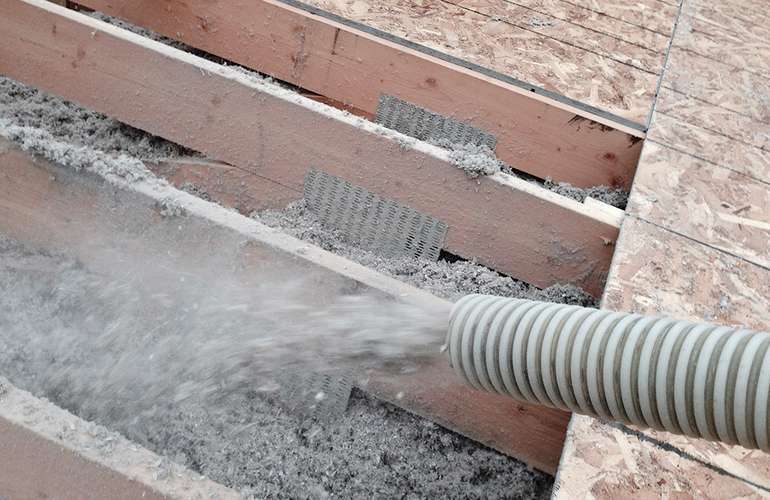
What does ‘diminishing returns’ for insulation mean?
It's as simple as this - adding one inch of insulation to a wall that has only one inch of insulation is certainly well worth the investment, in any climate. Adding one inch of insulation to a wall that has 5 inches of insulation makes sense in most climates. Adding one inch of insulation to a wall that has 30 inches of insulation makes sense nowhere. Even Yoda won’t live long enough to get a return on investment for that much insulation so it’s pretty much pointless.
Houses should be built with their specific climate in mind, and there is a 'sweet spot' of performance for any given geographical region, meaning an estimated ideal level of insulation. The law of diminishing returns means that there is a point where it's best to stop insulating homes and start planning to add heat, or risk spending money and embodied energy in materials that simply will not be recouped in a reasonable time period or over the life of the house.
That is to say, there is a balancing point where generating heat is actually better for the environment than buying and installing more insulation. Wierd, but true.
Build right for your climate zone
Building codes span entire States and Provinces, and often, certainly with Canadian provinces, they will have vastly differing climate conditions from North to South and even East to West.
The ideal design and building envelope will change dramatically from place to place, and for a variety of reasons such as latitude, local 'micro-climates', elevation, insolation (how much sun exposure a home gets,) source of power (renewable / fossil fuel), as well as the local cost of various types of insulation. See here to find your climate zone.
So, it is important to view the National Building Code for what it really is – the bottom rung of performance that must be achieved when building or renovating a home. In other words, it’s the worst house any builder is legally allowed to build. How’s that for some perspective on what building to code really means?
Is insulating a building to code good enough?
The US states are for the most part, small enough that there aren't generally great differences in climate from one corner to another, so let’s take the Canadian province of Ontario as a more extreme example; building code requirements for home insulation remain constant from the vineyards in the southern-most region of Niagara, to the Arctic shores of Hudson Bay. This makes no sense whatsoever.
One person in Ontario could be working up a sweat picking grapes at the exact same moment that another Ontarian is being chased by a polar bear across frozen tundra. And in order to meet building code standards, they are both required to build a house the same way despite those homes needing to perform in dramatically different climates.
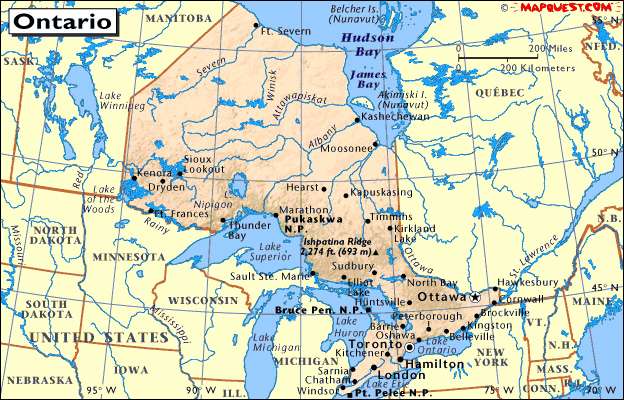
None of us would think there is a single 'ideal' outfit that would protect from sunburn, let sweat evaporate AND protect from frostbite and polar bears, so why would we expect there to be one 'ideal' home design to span such a range? The only thing building codes consistently provide is a false sense of accomplishment when we meet the performance requirements.
The truth is, Building Code insulation levels were not decided on by great minds pondering the 'ideal' amount of insulation. Original code R values were decided on simply based on the most common insulation (Fiberglass batts) and the thickness that fit between the studs.
On occasion there are minor improvements made to code requirements, but they are often kept minimal so as not to risk upsetting the building industry and the familiar model of profitability they have established.
Some local regions like the city of Vancouver, British Columbia, for example, recognize the benefits of improved buildings and have much more stringent performance demands than the National Building Code. In aspiring to achieve the status of World's Greenest City 20/20, Vancouver promoted Passive House Certification, and the province of British Columbia has recently released the BC Energy Step Code, which demands the highest performance of any provincial code in Canada, in a move towards achieving the province's goals of having all buildings be Zero Net Energy ready by 2050.
So, what is the right amount of insulation in a home?
The right amount of insulation in a home - be that attic, walls or floor, will of course vary by region. To draw the most sensible conclusions, designers should conduct specific energy modelling and make key decisions based on balancing performance. Homeowners, when having a home built or when renovating, need to decide what is most important to them – home size, decor and staying on budget, or energy efficiency, long term investment and the embodied carbon footprint.
How much insulation is too much?
This is, oddly enough, a question that needs to be addressed also - is it even possible to install too much insulation in a home? Sometimes people can get a little over ambitious and install far more insulation than is necessary or even effective. And sometimes they have to do that in order to meet a certain performance standard.
Case in point - for all that we like about Passive House and their performance targets, that system is not without its flaws. I know of one certified Passive House that had so many windows that in order to get certified they needed an absurd amount (24 inches) of insulation below the slab to meet the overall energy goals. Therefore, due to those windows, the net result of seeking Passive House certification was a higher carbon footprint, as a ton of insulation was needed that far exceed any reasonable ROI. They would have been better off financially and ecologically to only install 8 inches of sub-slab insulation regardless of their windows.
But we still think the Passive House Standard of construction is better than code. We love it, warts and all, because having all homes built to Passive House standards would be far better than what the industry currently builds by default.
There are many other green building certifications and standards that should be considered - the best of which, in our opinion, take careful consideration of all factors before dictating the required amounts of insulation for walls, roofs or floors.
The best return on investment for home construction & insulation:
All cold-climate homes need some source of heat to maintain a livable temperature in winter. How much heat is required depends on how fast a house loses heat. How fast it loses heat depends on how well insulated it is, and how well-sealed a home is against air leakage - which in terms of a high performance homes' efficiency and durability is another hugely important factor to consider, build to and to measure using a blower door test.
So, follow that logic for a moment – when homes lose less heat, they need to ADD less heat. And sometimes…not all the time but sometimes… that can also mean reduced costs in heating and cooling infrastructure. What that in effect means, is that rather than buying a big furnace to heat a poorly insulated house, it's possible to buy a small furnace to heat a well-insulated house - or even, if designed and built very carefully, to end up with a Zero Energy home.
All that to say, there is rarely one single 'right' answer to how to build the most efficient and greenest home. There are always other variables to consider. And in terms of insulation, it is possible to have too much of a good thing.
Now that you know more about how much insulation is too much in a house, find more pages about sustainable and resilient green building techniques here :
Find more about green home construction in the EcoHome Green Building Guide pages or to learn more about the benefits of a free Ecohome Network Membership, see here. |
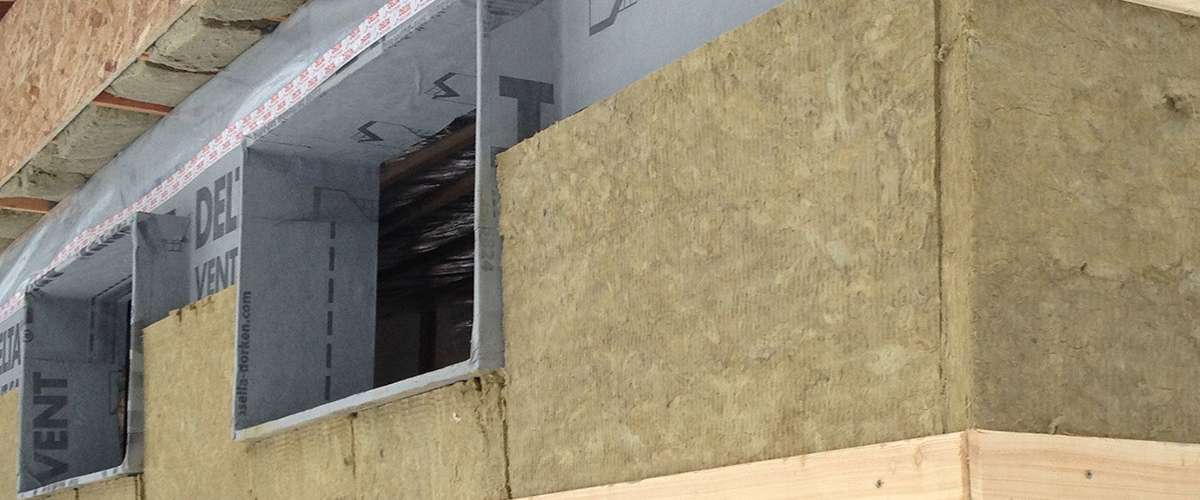














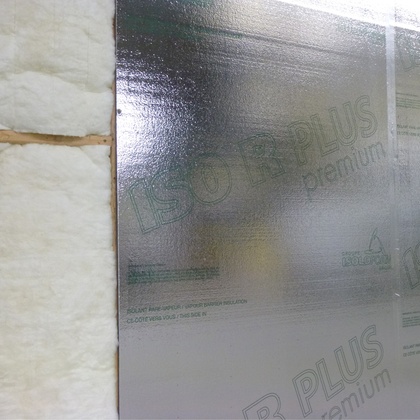
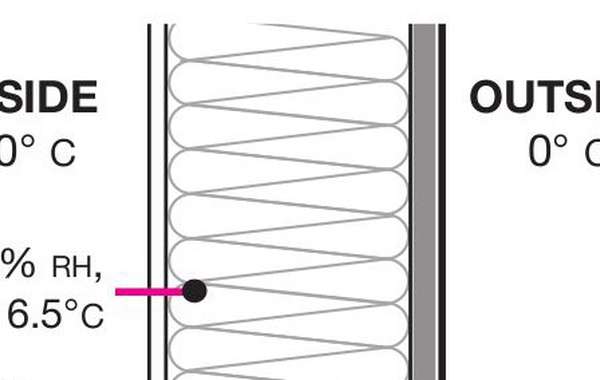
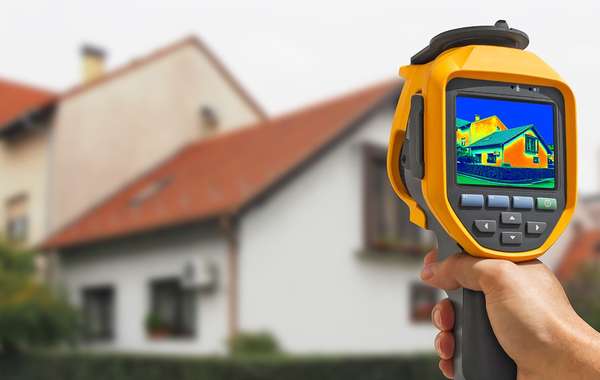
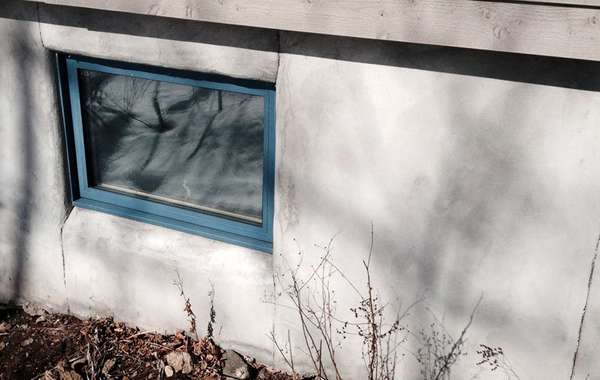
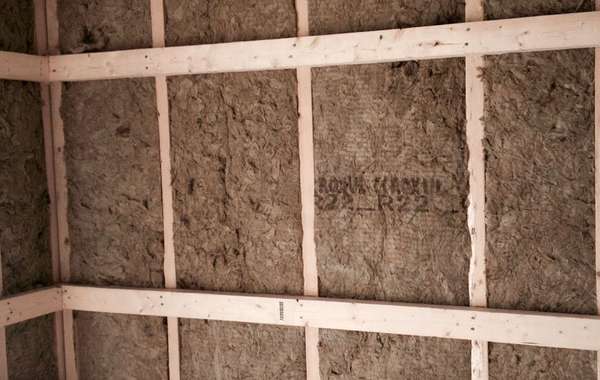
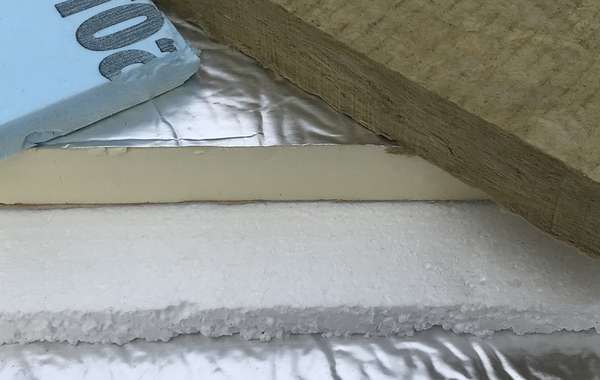
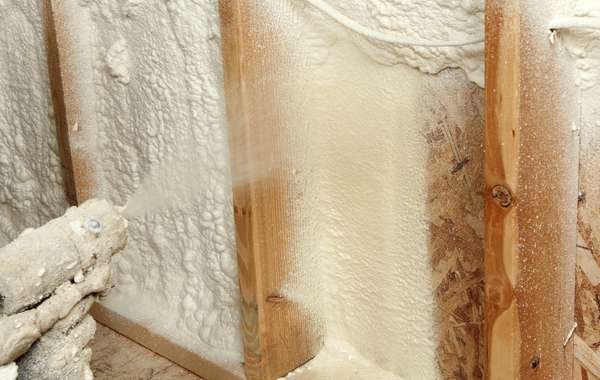
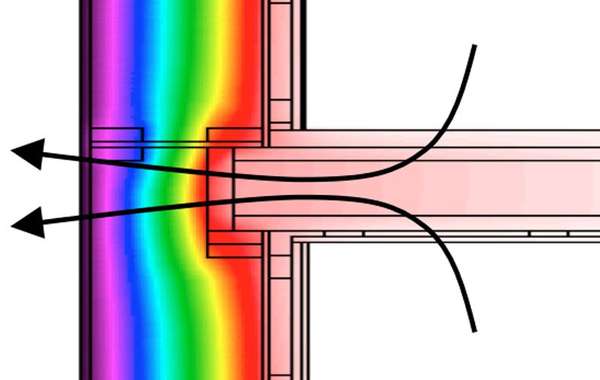
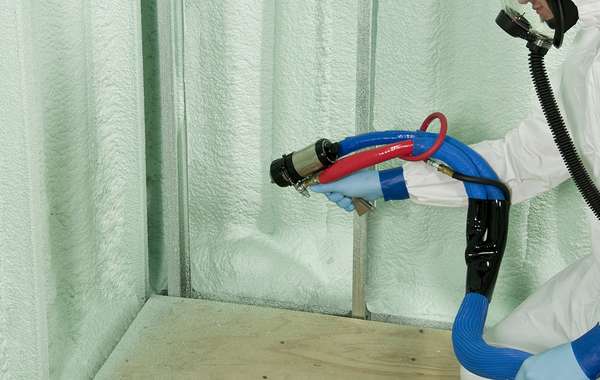
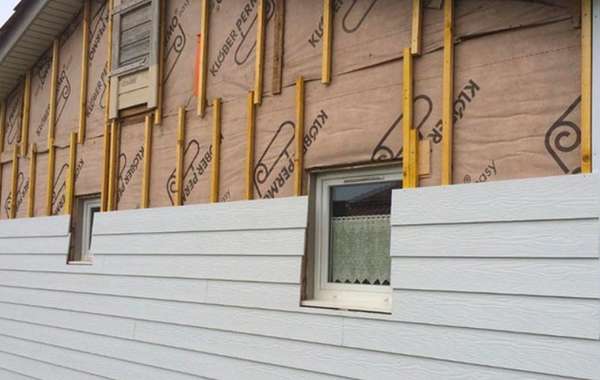
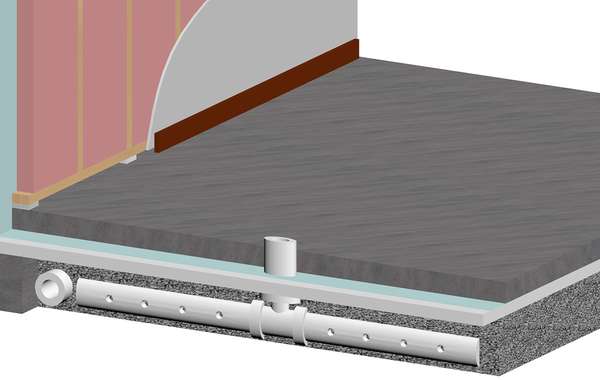
Hi Mike - great article. It reminds me of the lessons in ch. 6 of Amory Lovins et al's Natural Capitalism, entitled "Tunnelling through the cost barrier". FYI for your readers, for a whole-systems approach to the question of "how much insulation is too much", see pp. 3-5 of the 14 page chapter:
https://rmi.org/wp-content/uploads/2017/05/RMI_Document_Repository_Public-Reprts_NCchapter6.pdf